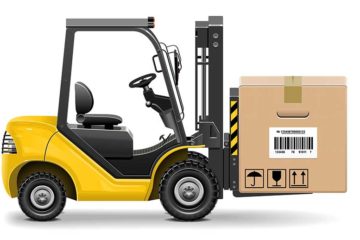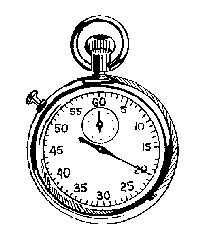Lean Terms
Constraints
Eliyahu Goldratt put together his “Theory of Constraints” and presented its principles in his book The Goal. He explained that systems generally have a single (sometimes more) bottleneck that limits, or constrains, production. In a more general sense, a constraint is anything that prevents you from accomplishing something that you Read more…


